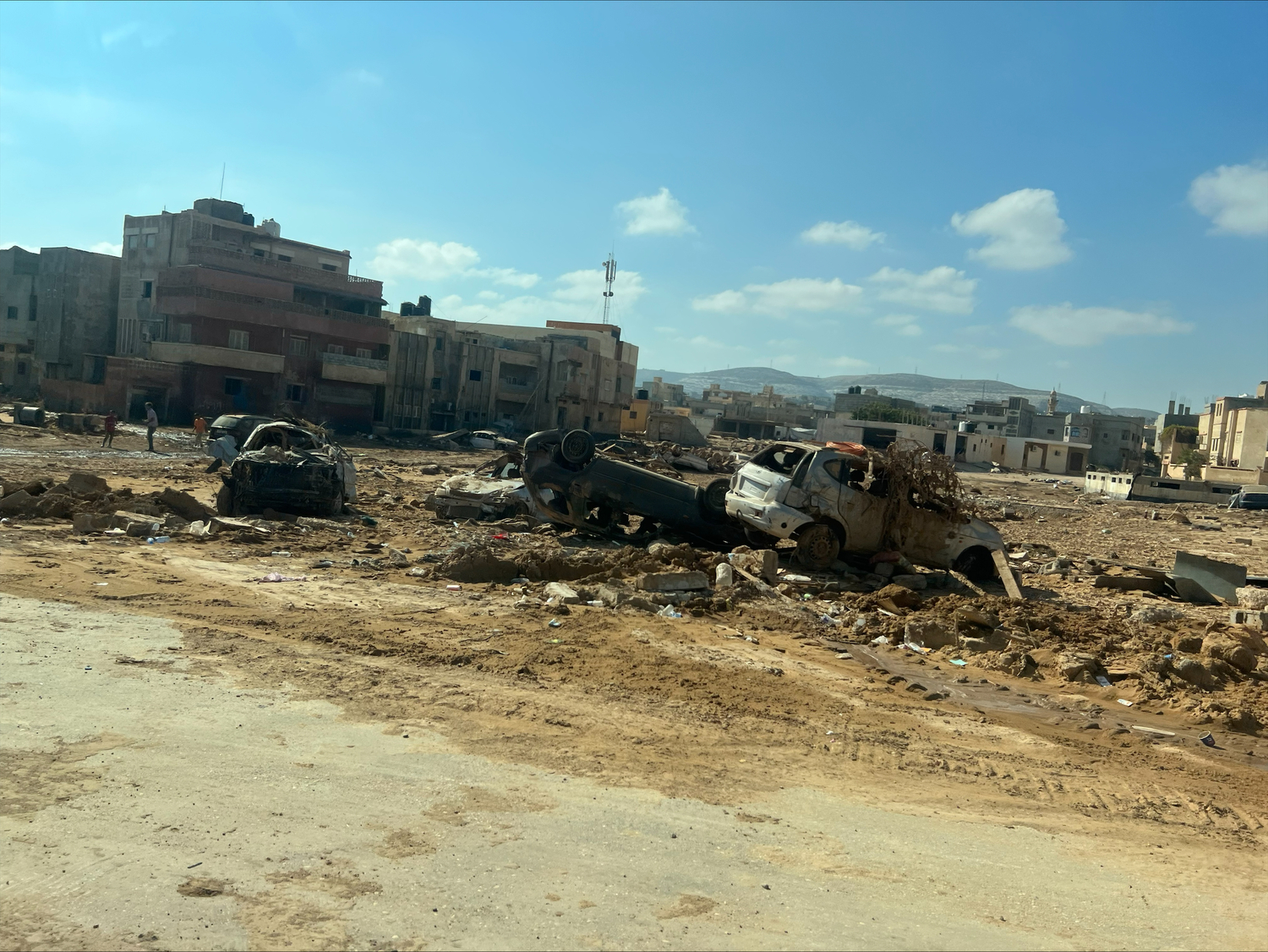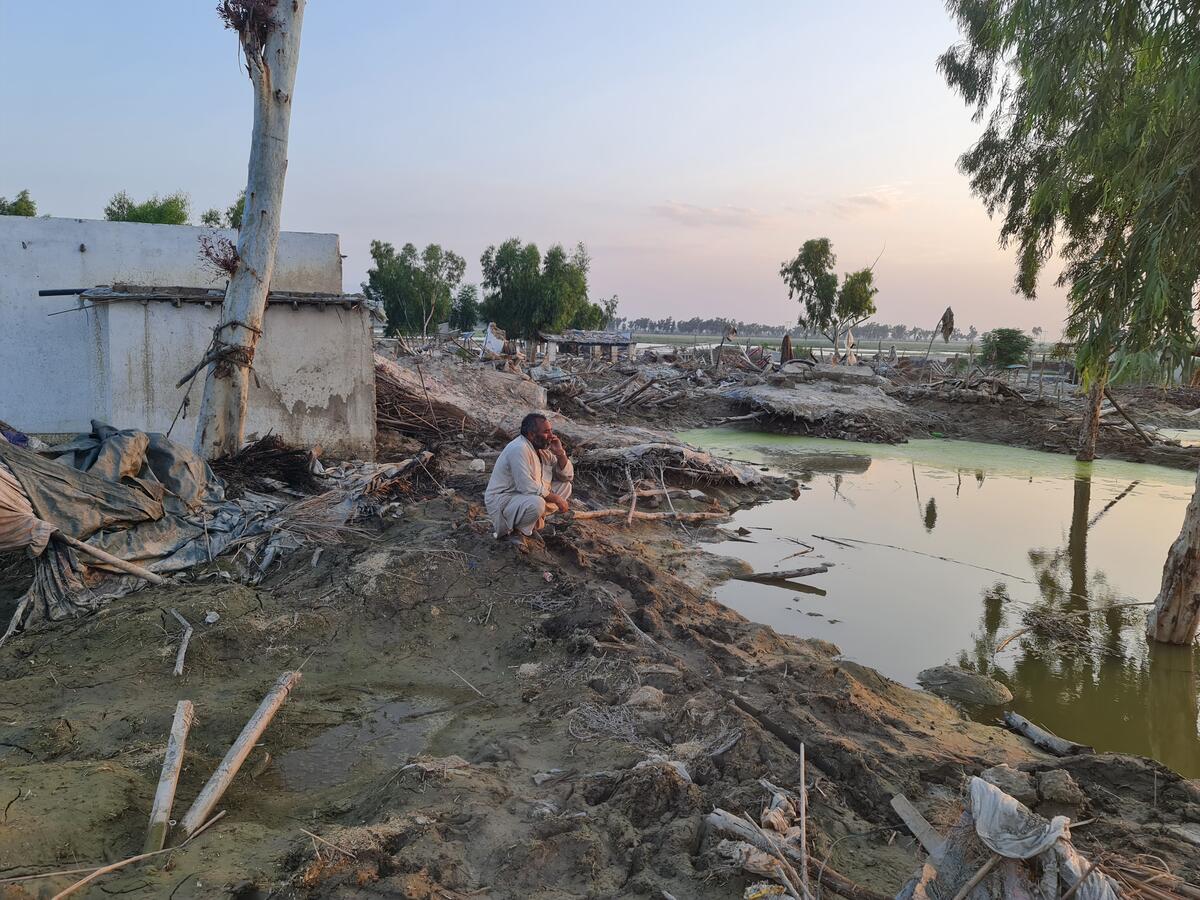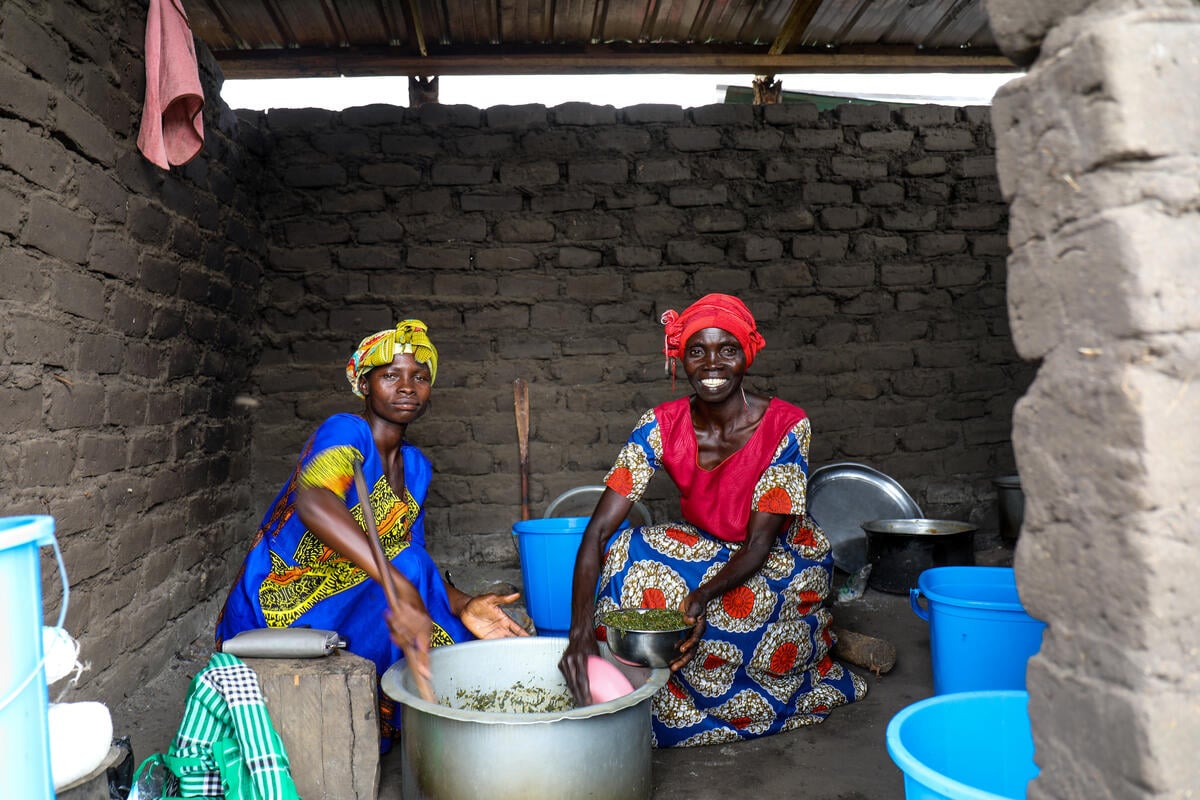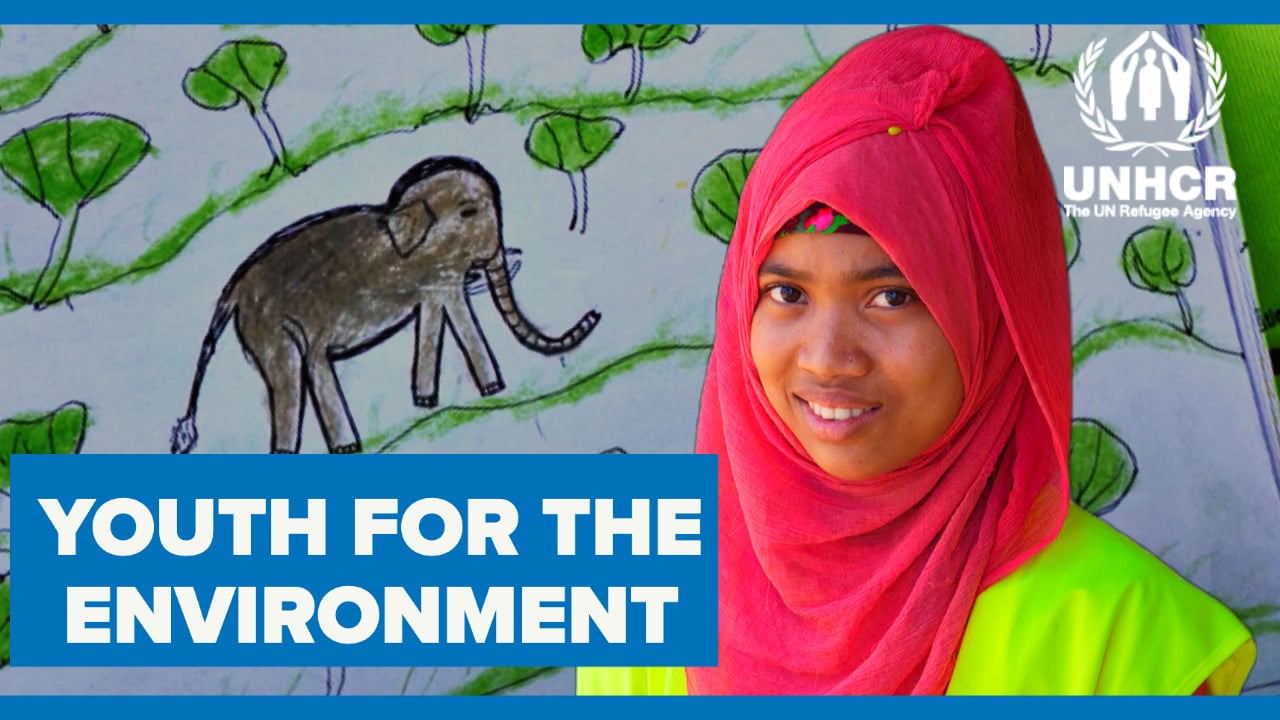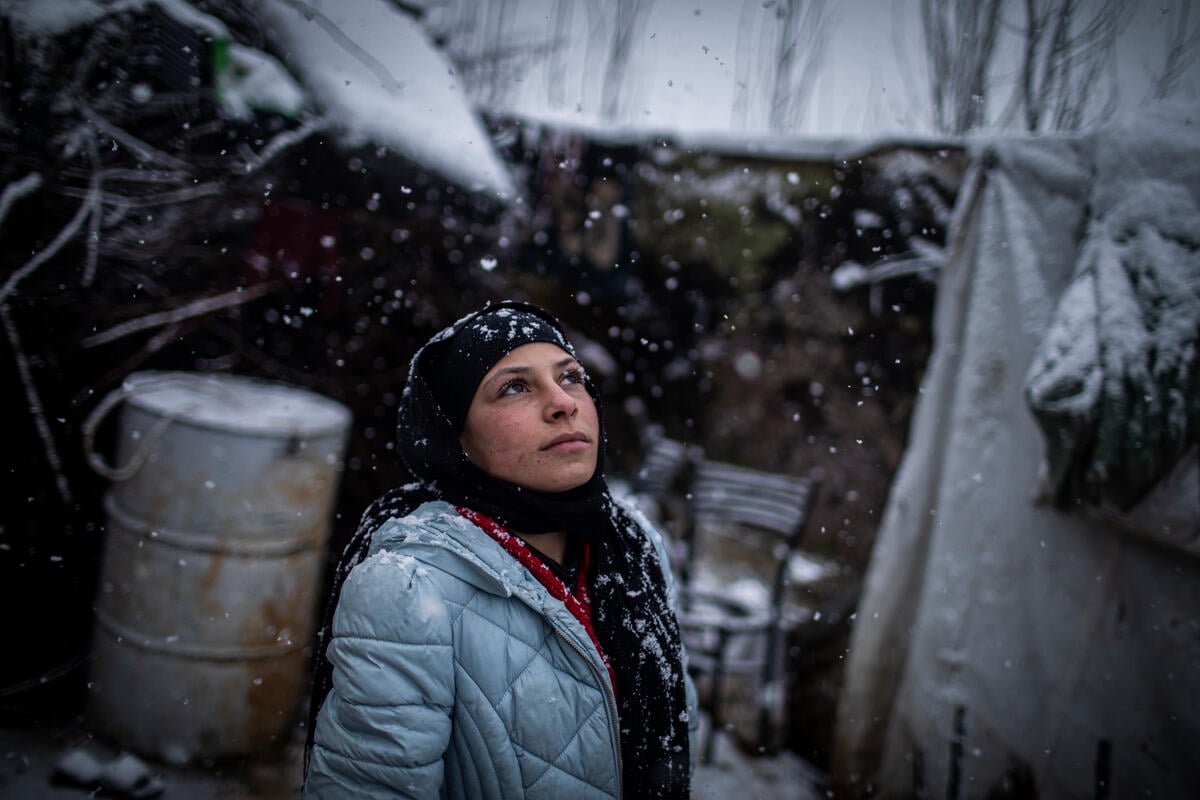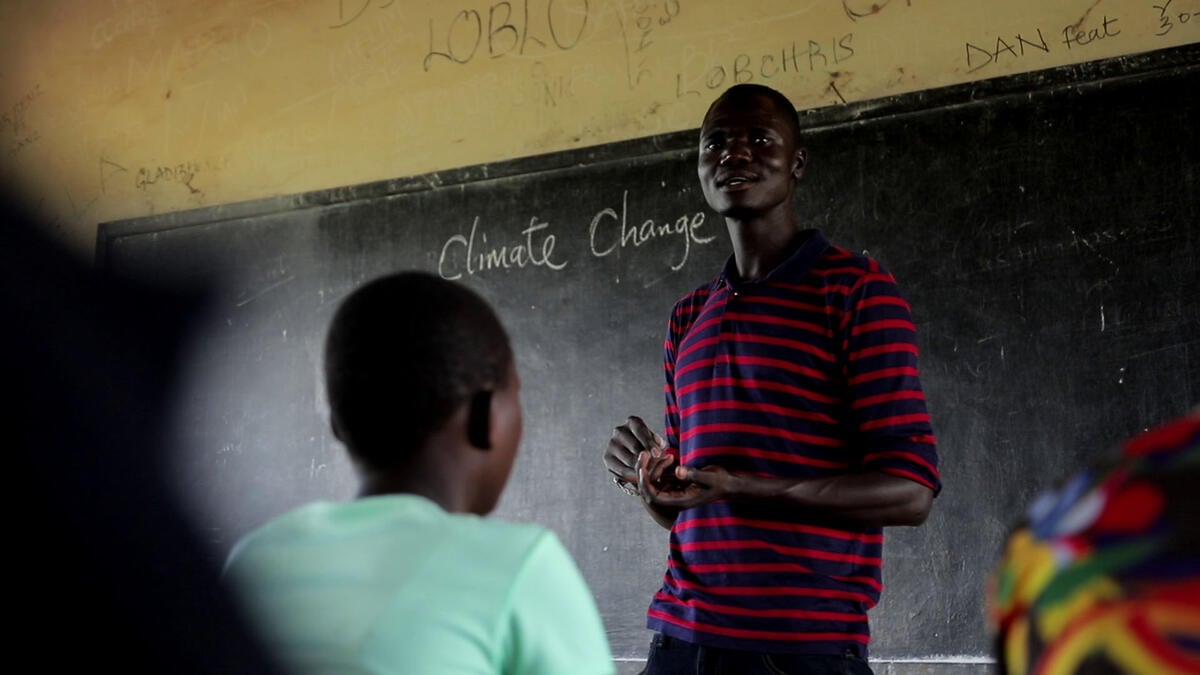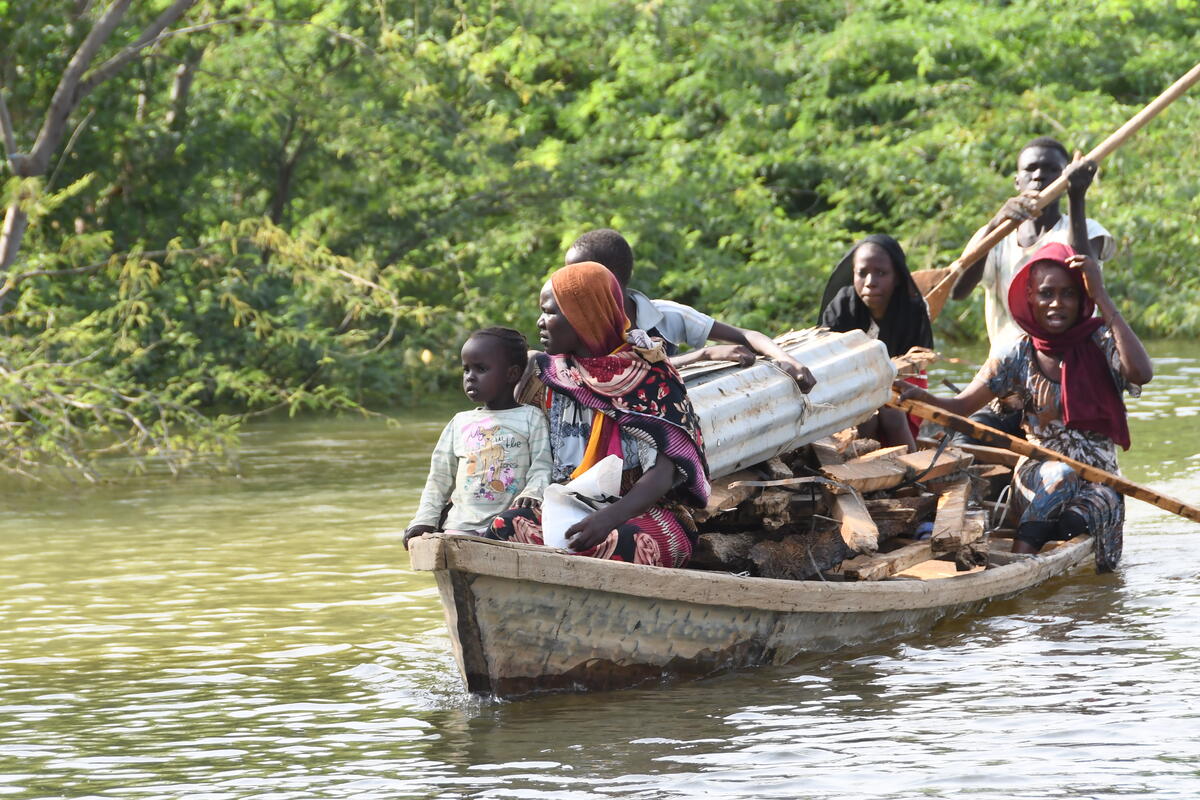Displaced women in South Sudan work to hold back floodwaters
Displaced women in South Sudan work to hold back floodwaters

When it became clear that a pump was failing to hold back floodwaters submerging the only road into Bentiu camp for internally displaced people in South Sudan’s Unity state, women from the camp and surrounding community decided to take matters into their own hands.
On the morning of 18 October, some 500 people, mostly women, waded into the mud armed with buckets and began manually heaving the water from the road over the top of the earthen dikes on either side.
“The situation has limited humanitarian access, which we rely on, and forced us to mobilize ourselves … to scoop water out of the main road,” explained Nyekong Dak Pech, 37, the next day. “Thanks to our efforts, WFP [UN World Food Programme] trucks were able to deliver food to our location today. I will do the same again if need be.”
Two thirds of South Sudan is currently experiencing flooding following a fourth consecutive year of record-breaking rainfall. In Unity State, many of the sites sheltering some 460,000 displaced people are below the current water level, protected from floodwaters only by compacted mounds of earth – dikes – that must be constantly shored up to prevent them collapsing.
“We live in fear at night because of the threat of the floods,” said Nyeluak Wal Gatkek, 36, who also helped clear the road. “If the dikes break, many people will be displaced, and nobody has given us any directions on where to go in case that happens.”

Both women said they had never experienced flooding like this before, but feared that worse was yet to come.
“With what is happening now, we don’t know whether some of us will still be in the area next year, or even alive,” said Nyeluak. “We’re not sure if the water will recede before the 2023 rainy season, which we think will be even worse.”
Climate change is driving more frequent and intense weather and climate extremes in South Sudan, an already fragile country roiled by conflicts since it gained independence from Sudan in 2011. The floods have submerged large swathes of farmland, pushing more people into hunger. Earlier this week, the UN said nearly 65 per cent of the population – 7.74 million people – were already facing severe hunger, with almost 3 million “on the cusp of starvation”.

The more than 135,000 people living at the Bentiu site rely on the road between the camp and the state capital for aid trucks to deliver almost everything from food to medicines. They also use the road to travel between the camp and Bentiu where they try to find work to supplement the humanitarian assistance they receive.
If the dikes are breached, said Nyekong, “the only plan is to run to higher ground, but I don’t know of any nearby that we could move to.”

